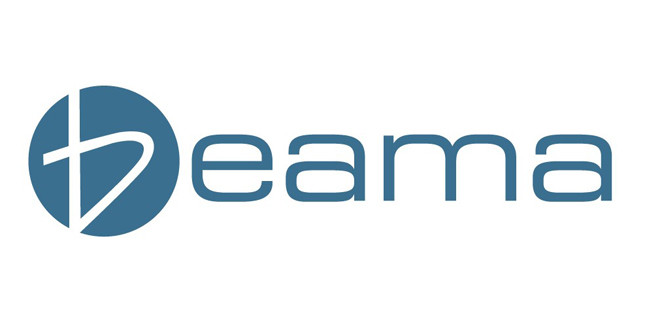

BEAMA will be making its guidance documents available in advance of the Building Regulations changes coming in April.
The association is also advising installers to be aware that there may be conflicting advice in the market while ambiguity remains over the defined control solutions.
Following the publication of the Heat in Buildings consultation response at the end of last year, the government published amendments to the 2013 Domestic Building Services Compliance Guide that will come into force on 6 April 2018.
Informally referred to as ‘Boiler Plus,’ these amendments aim to improve the efficiency of installed heating systems, particularly through the installation of additional controls. The specific requirements that installers will now have to follow when replacing a boiler are as below:
Ensure that the system meets minimum standards for boiler interlock, time and temperature control as they would for a new system
When installing a combination boiler (both new and replacement) also install one of the following: flue gas heat recovery, weather compensation, load compensation, smart thermostat with automation and optimisation.
The intention here is to promote the implementation of technologies that are less common in UK homes, but the very fact that these are uncommon means that many installers will be facing a requirement to use new products and learn new skills, says BEAMA. In addition, Building Control Officers, whose job it is to make sure that installations comply with the regulations, will also need to be up to speed.
One of the most basic issues can be simply knowing which controls meet the specified definitions. This is not necessarily as straightforward as it sounds, according to BEAMA. Looking at the various legislative instruments applying to boilers and controls for residential applications in the UK, it is possible to identify six separate definitions for weather compensation (including the one in the new Compliance Guide) – all of which are slightly different and can therefore be fulfilled by different technologies.
It is this complexity that BEAMA is attempting to unravel. Work is underway, in conjunction with the Heating and Hotwater Industry Council, to establish a set of industry-defined ‘functional definitions’ for controls, so that it can be made clear to everyone what technologies will fulfil the requirements of the Building Regulations and other legislation.
This work should be complete by the end of February and, at the same time, BEAMA will release its updated Building Regulations Guidance document. This document provides details of recommended system layouts to give confidence that designs and installations are in accordance with the relevant parts of the Building Regulations.
If you'd like to keep up-to-date with the latest developments in the heating and plumbing industry, why not subscribe to our weekly newsletters? Just click the button below and you can ensure all the latest industry news and new product information lands in your inbox every week.